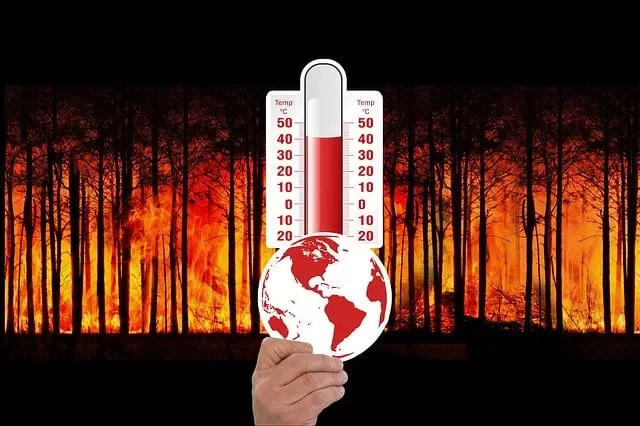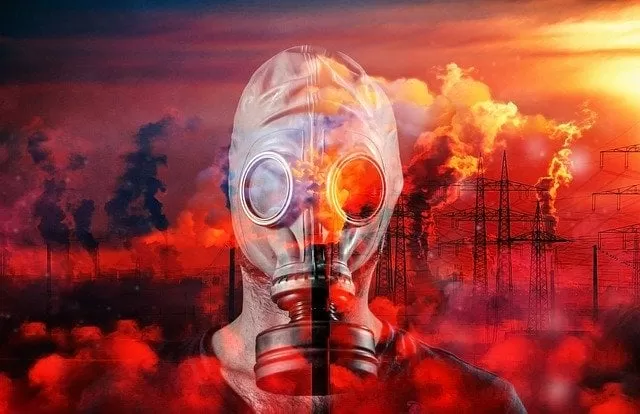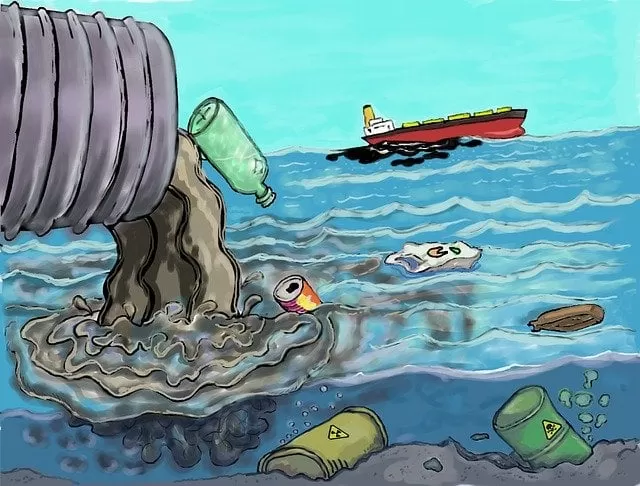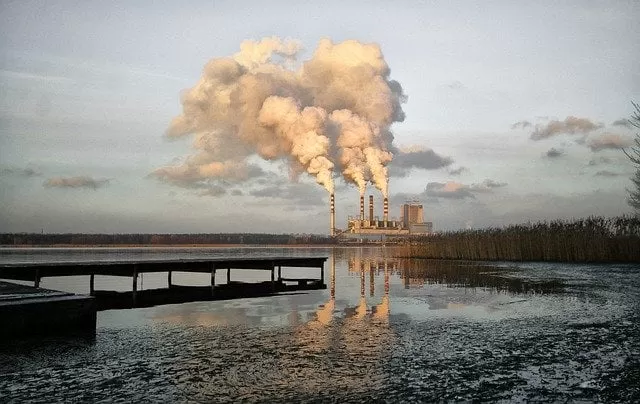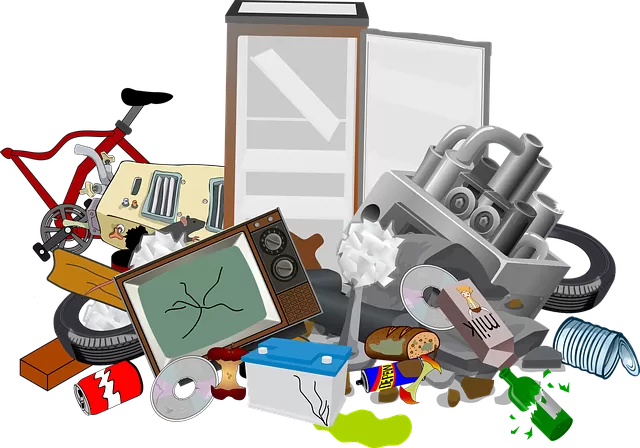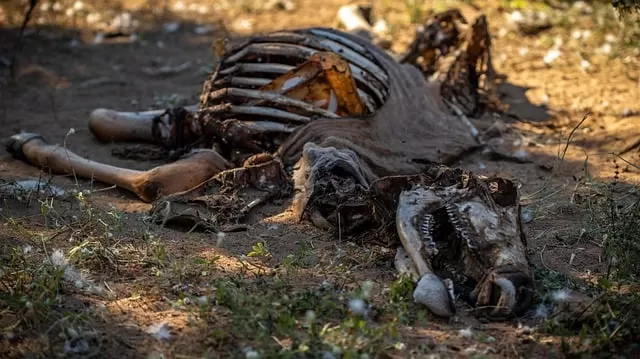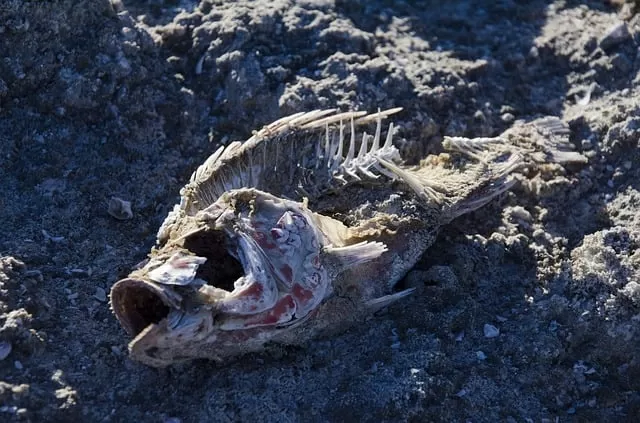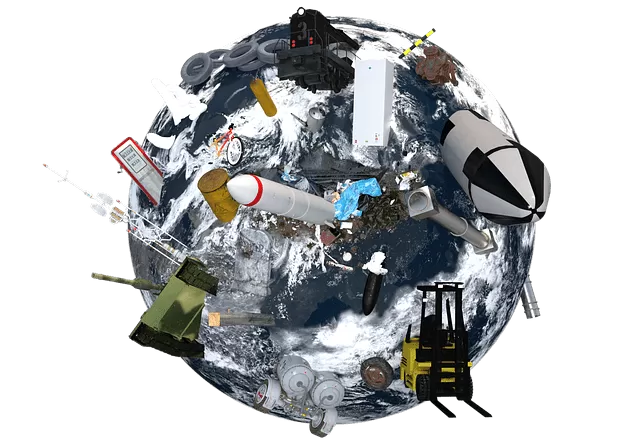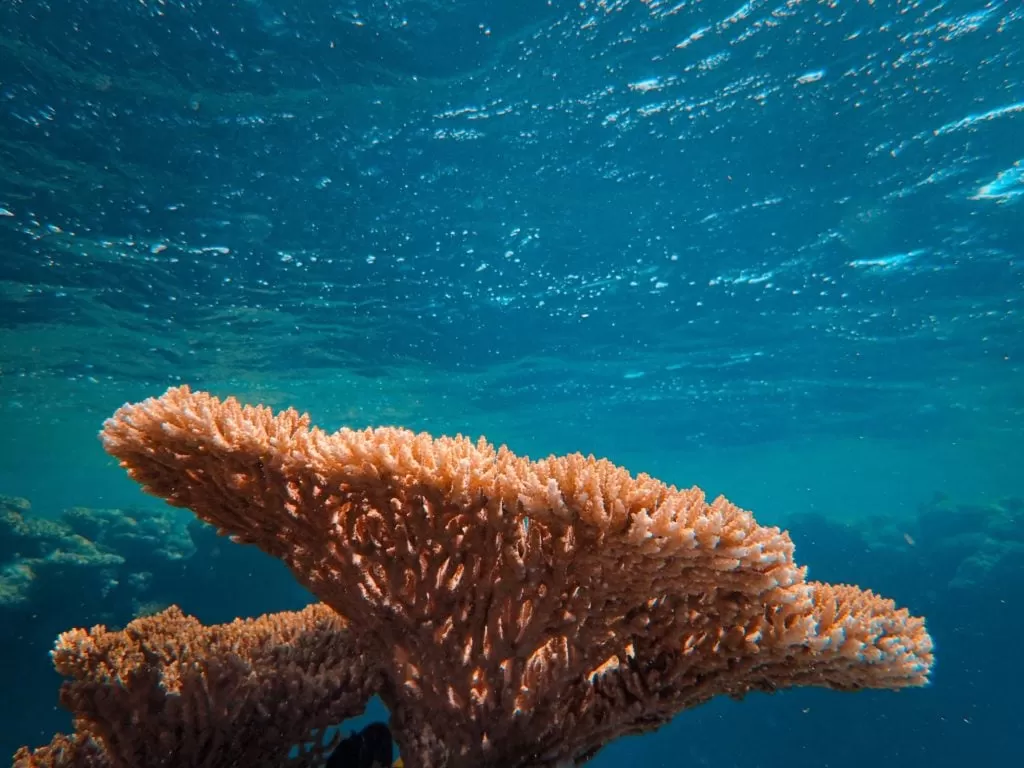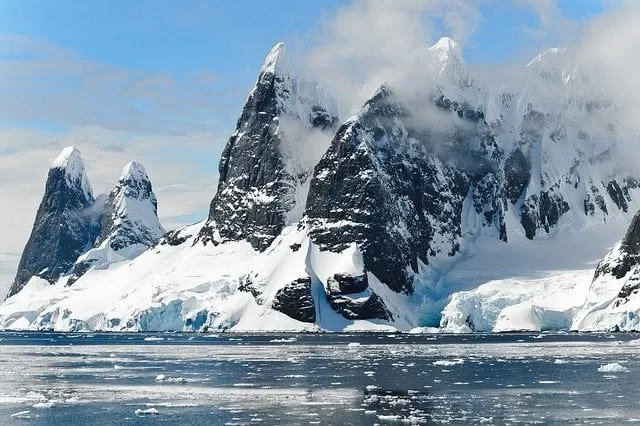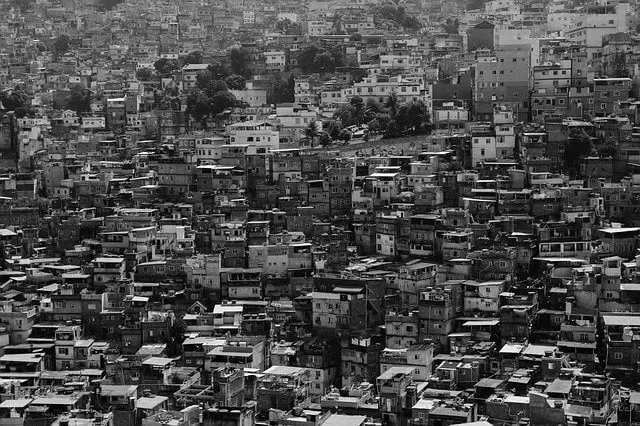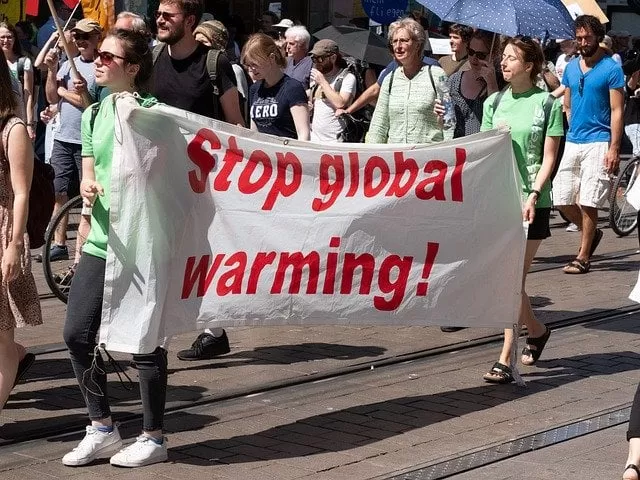Table of Contents
How we can define climate change?
Climate change means the change of climate over the last 100 years which is caused directly or indirectly by human activities. Mainly, climate change represents the changes in long-term weather patterns. Usually, climate change is measured in a shift of temperature, rainfall, wind pattern, or more. World’s temperature has increased by 0.7⁰C since the industrial era. The rise in temperature has been linked to an increase in the concentration of greenhouse gases in the earth’s atmosphere.
Variation in climate has been a regular feature on the Earth. Scientists have gathered various pieces of evidence of climate change and propounded various theories. They believe that beyond a threshold of a global temperature rise of 2⁰C there is a huge risk of irreversible ecological catastrophes.

Rise in temperature 
Greenhouse gases 
Marine pollution 
Air pollution 
Plastic pollution 
Garbage
Climate change and Global Warming
Over the last 100 years, the earth has warmed at an unprecedented rate. 2018 was the hottest year, worldwide. Global warming can occur from both natural and human-induced. Following are the most significant evidence of global warming.
- The edge of the west Antarctica ice-sheet is shrinking at 400 foot every year.
- Much of Antarctic’s Larsen and Wilkes ice-shelves disintegrated in 1998-1999.
- Glacial ice has shrunk nearly 25% over the last 140 years in the Tien Shan mountains.
- Half of all glacial ice melted away in the Russian Caucasus mountains in the last 4 decades.
- In the Bering sea, sea-ice has shrunk 5% in the past 40 years.
- The largest glacier on Mount Kenya has almost vanished.
- In the last century, Glaciers in the Alps mountains shrank by 50%.
- The global average sea-level increased between 0.1- 0.2 meters during the 20th century.

Migration of animals 
Impact of climate change on animals 
Impact of climate change on marine ecosystem 
Air pollution 
factors of global warming 
Desertification 
Coral bleaching 
Melting of glaciers 
Urbanization 
Global warming impact
What are the Impacts of climate change and global warming?
- Rise in the sea levels.
- Changes in the rainfall patterns.
- Extreme events, for example, heatwaves, flooding, hurricanes.
- Melting of ice caps.
- Melting of glaciers.
- The spread of diseases.
- Coral bleaching.
- Loss of Plankton.

What are the causes of global warming?
- Increase in greenhouse gases in the atmosphere. For instance, CO2, Nitrous oxide and Ozone.
- Burning of fossils produces a great amount of CO2 emissions.
- Combustion of coal and petroleum for power generation.
- Manufacturing of one tonne of cement can produce half a tonne of CO2.
- Release of methane gas due to both anthropogenic and natural causes.
- Release of nitrous oxide due to the use of fertilizers.
- In developed countries, emissions are due to the burning of liquid fuels.
- On the other hand, the burning of coal is the biggest source of emission of CO2 in developing countries.
- The USA is the largest greenhouse gas emitter presently.
- Between 25% to 35% of black carbon in the atmosphere comes from China and India.
- Increase of ozone gas in the troposphere below 10 Km is a concern. As, in the troposphere, ozone does not absorb UV radiations but act as a greenhouse gas.
- Chloro-fluoro Carbons (CFCs) are more potent than the same quantity of carbon dioxide or methane.
- Additional CFCs atoms added to the atmosphere are 10000 times more effective at absorbing ultraviolet radiation from the sun.
- Industrial development has resulted in manifold environmental problems at local, regional and global levels.
- Overexploitation of natural resources has resulted in many problems. For instance, reduction of forest, land degradation, lowering of groundwater table, etc.
- Toxic and hazardous substances discharged into the water bodies adversely affect the aquatic ecosystem and biotic community.
- The urbanization changes the radiation and heat balance in the local atmosphere.
- Urbanization affects the local climate through the formation of heat islands, the creation of pollution dome above the city and alteration of the hydrological regime, etc.
- The change in climate would hit the poorest countries in term of reducing agriculture products.
- Due to decreased water availability, crop yield would be reduced in most of the tropical and sub-tropical regions.
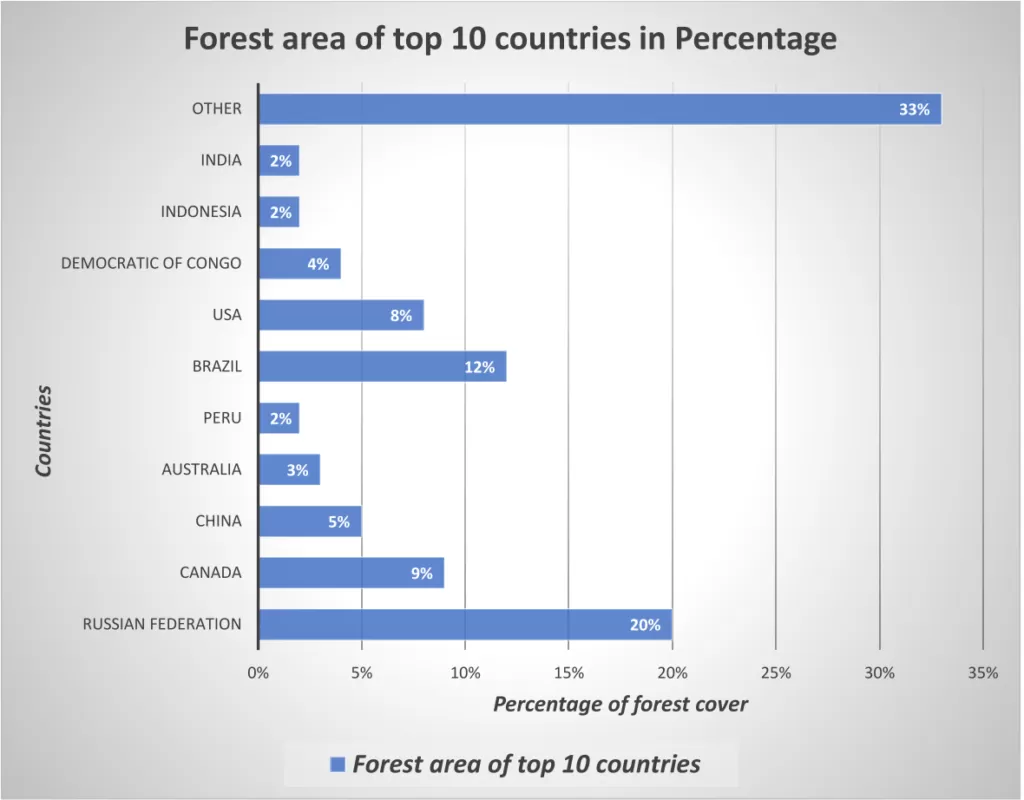
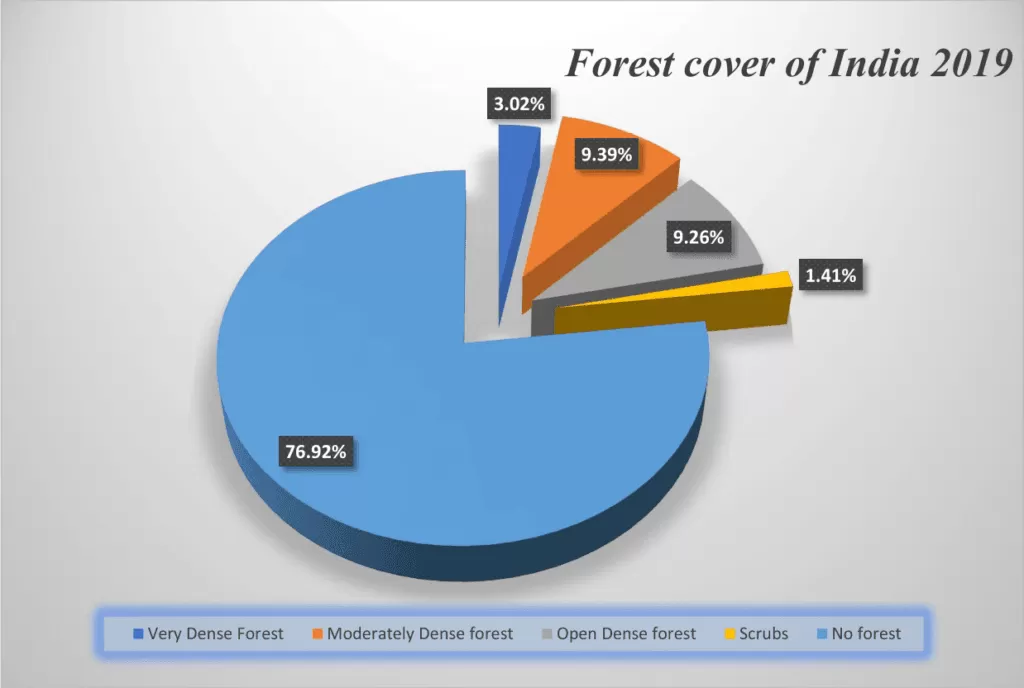
Major Greenhouse gases
Water vapour– One of the biggest contributors of greenhouse effect.
Carbon dioxide– It is the primary greenhouse gas emitted through anthropogenic activities.
Main sources of CO2
- Combustion of fossil fuels for electricity generation.
- Combustion of fossils for transportation.
- Industrial processes.
- Combustion of mineral products such as cement, the production of metals, etc.
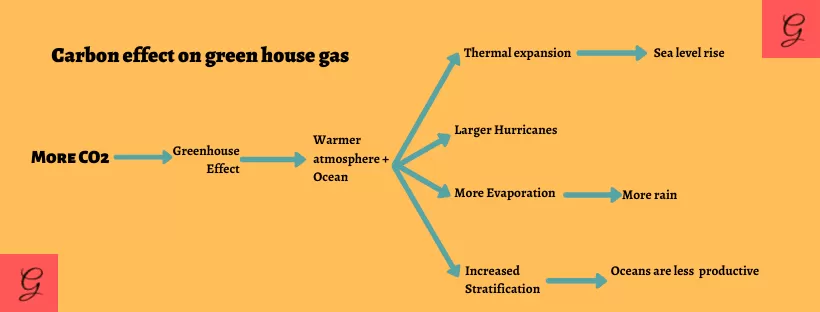
Methane- The wetlands are the largest sources of methane emissions. Domestics cattle produce a large amount of methane during digestion. Agriculture is the primary source of Methane emissions.
Nitrous oxide- It is naturally present in the atmosphere. As it is the part of the nitrogen cycle. Fertilizers emit a large amount of nitrous oxide in the atmosphere. Transportation fuels also emit nitrous oxide.
Fluorinated gases- These gases are produced through a variety of industrial processes. For instance, the manufacturing of aluminium and semiconductors. These gases are of three types as following
- Hydrofluorocarbons (HFCs)
- Perfluorocarbons (PFCs)
- Sulphur hexafluoride (SF6)
Aerosols- These are also known as black carbon. They contribute to the warming of the atmosphere. The major sources of black carbon are as following
- Biomass burning
- Cooking with solid fuels
- Diesel exhausts, etc.
The trends of Climatic changes in India
India is the world’s fourth-largest emitter of greenhouse gases. However, in terms of cumulative emissions, it has imparted marginal harm. According to Global carbon project, around half of the CO2 emissions since 1750 have come from Europe and the U.S.
In Paris Agreement (2015), 197 signatory countries have promised to limit the global temperature increase to just 1.5⁰ C. For instance, India has promised to cut its emissions intensity by 33-35% by 2030 compared to 2005 levels. On the other hand, the U.S, the second largest contributor to worldwide emissions has pulled out of the agreement itself.
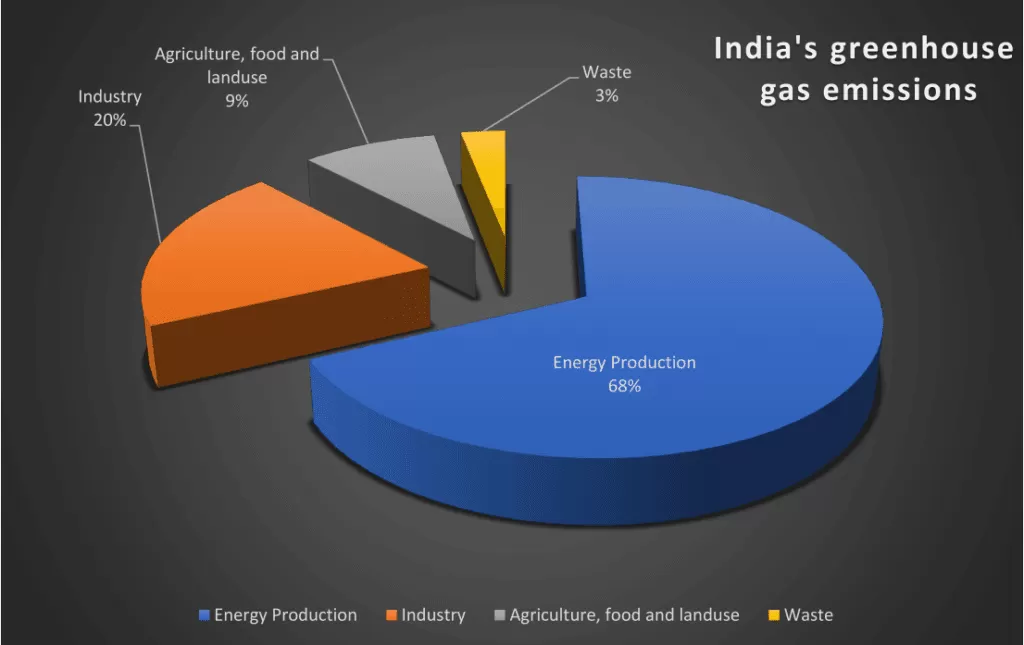
Challenges of climate change in India
Dependency on the coal
According to an estimate, 68% of India’s greenhouse gas emissions come from energy production, which remains largely reliant on coal power plants. India’s electricity demand is expected to triple by 2030, of which coal sources account for 57% of electricity generation.
Insensitive agriculture policy
The overuse of fertilizers is responsible for the highest single share of agriculture’s direct greenhouse emissions. Electricity and fertilizer subsidies encourage farmers to grow water-intensive crops. For instance, paddy, if their land is ill-suited to do so. For example, Punjab and Haryana. India’s agriculture policies aggravate water shortage and encourage crop burning or stubble burning. India does little for climate change mitigation regarding agriculture. High subsidies also encourage mono-culture and distorted land use pattern.
Balancing growth and environment
Current policies only seek to maximize GDP, which does not capture the potential for future prosperity entirely.
Impact of change of climate in India
Impact on Indian agriculture
- Due to the shifting of rainfall timing, agriculture will be affected adversely.
- The consequences of water insecurity impact food security.
- Crop failure due to flooding.
- Natural disasters add stress in agriculture.
- The loss of nutrients as a result of warming caused hidden hunger.
- Studies predict a decline in the summer rainfall by 2050.
- Central India will experience a decrease in the winter rainfall between 10% to 20% by 2050.
- Due to the increase in temperature and decrease in water availability, the productivity of most of the crops may decrease.
- The rise in temperature may aggravate the requirement of fertilizers.
- There will be an increase in the frequencies of cyclones, floods and droughts.
Water stress due to change in the climate of India
- The warmer climate will aggravate the hydrological cycles and magnitude of rainfalls.
- Due to deforestation, agricultural practices and urbanization, hydrological disasters and pollution of lakes are common in the Himalayan regions.
- The Gangotri glacier is retreating about 28 meters per year.
- Due to the change of course of Kosi river, unexpected flooding in the regions of Nepal and Bihar will become common.
- Droughts and flooding will become cyclic.
- The changes in the monsoon timing and the rainfall timing result in the cloudbursts.
- The changing rainfall pattern will stress on groundwater.
- The increasing demands for food will cause a serious problem of soil degradation and climate change.
- Faster withdrawal of water due to the rise in population.
- In India, agricultural activities consume about 83% of available water.
- The researchers have predicted that the future change in climate may be felt more severely in the developing countries. For instance, India, whose economy is largely dependent on agriculture.
- India is already in the stress of over-population.
Impact on Indian Coastal states
- The coastal states will face a great risk due to the rise in the sea level. For instance, the coastal states of Maharashtra, Goa and Gujarat.
- The risk of the devastation of beaches and tourism infrastructure along the coastal regions. For instance, Goa and Mumbai.
- Flooding may cause inter and intra migration of population.
- States like Odisha and Andhra Pradesh will experience both tropical cyclones and tropical storms.
- The people living along the Ganges delta will experience cyclic flooding due to rise of sea levels.
Impact of climate change on the biodiversity of India
- Climate change can cause biodiversity loss, affecting both secrecies and their ecosystem.
- Due to deforestation, many species will be unable to move to new areas quickly enough to survive changes.
- India is the home of the largest glacier after the Arctic and Antarctica. However, climate change is threatening the life of this biodiversity.
- There will be an increase in the phenomenon of Glacial Lake Outburst floods on the eastern and the central Himalayas.
- According to the latest studies, the process of deforestation has been increasing day-by-day.
Health risks due to change in climate
- The hot and humid weather, as well as poor nutrition, is costing people with hospitalisation expenses and poor quality of life.
- Heat waves may increase the number of deaths. For instance, in 2019 heat waves has killed many people in Gaya district of Bihar.
- Lack of fresh water during the floods compromise hygiene.
- Diseases like diarrhoea would increase due to the contamination of water during floods.
India action to climate change

- Commitment to the Paris Agreement on climate change, 2015.– India has promised to cut its emissions by 33% to 35% by 2030 compared to 2005 levels.
- National action plan on climate change (NAPCC) -It covers the following missions
- Solar mission
- Enhance energy efficiency
- Sustainable habitat
- Water mission
- Sustaining the Himalayan ecosystem
- Green India
- Sustainable agriculture
- Strategic knowledge of climate change
- International Solar Alliance (ISA)
- Faster Adoption and Manufacturing of (Hybrid &) Electric Vehicles in India (FAME India)– Aim to boost sales of eco-friendly vehicles in the country
- Pradhan Mantri Ujjala Yojana.
- Ujjala Scheme– A target of replacing 77 Crore incandescent lamps with LED bulbs for reducing electricity bills.
- Swachh Bharat mission– An aim to clean India, bring behavioural change and ensure solid waste management with modern and scientific methods.
In brief, there should be an adequate focus on educating people about climate change. Behavioural change among the masses is important to mitigate the adverse impacts of climate change.


